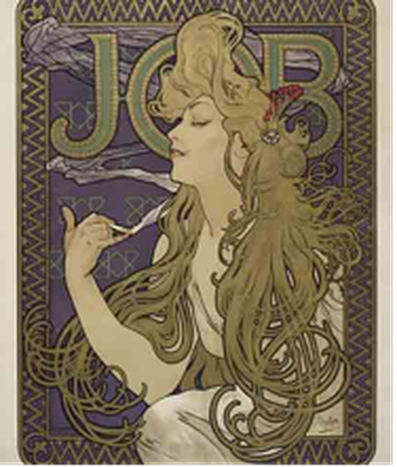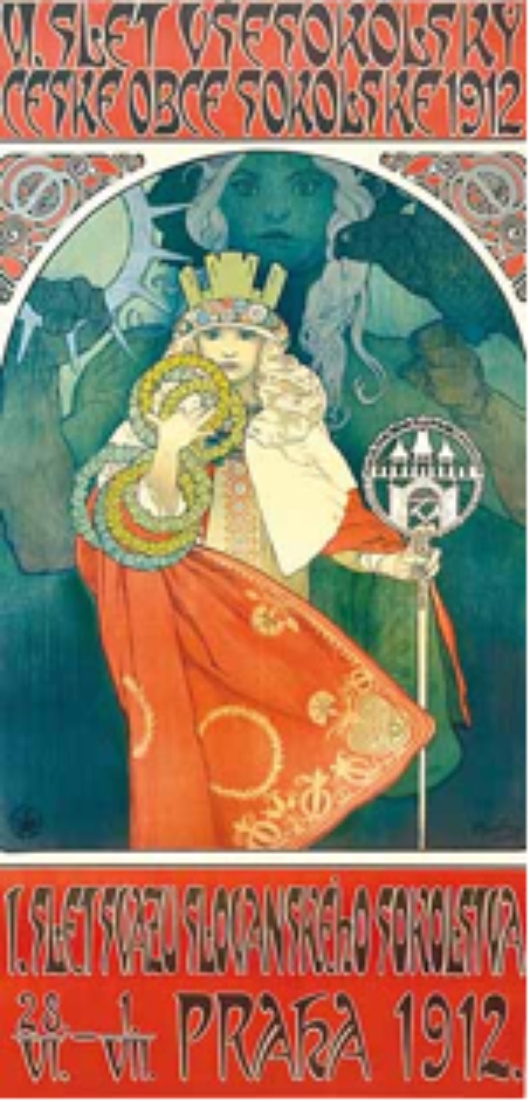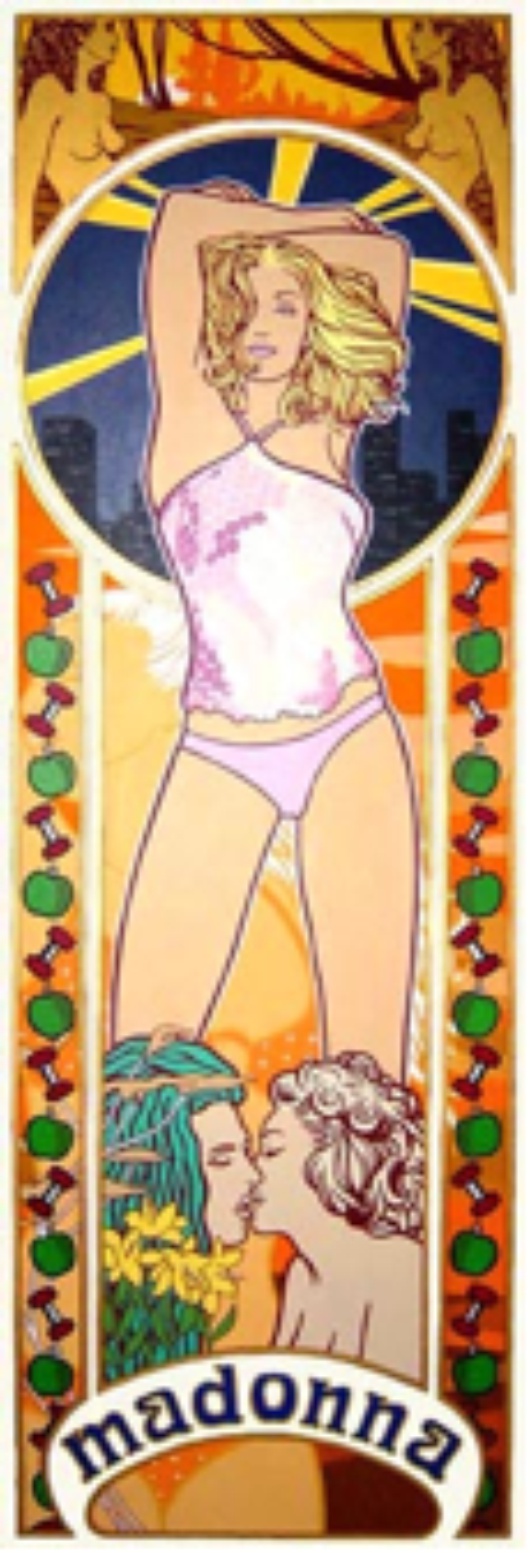
Mucha in Vienna
Published on
A comprehensive exhibition at the Belvedere reveals the many facets of this Czech artist By Daniel Spichtinger.
 Born in Moravia (today part of the Czech Republic)
the Czech Art Nouveau painter Alphonse Maria Mucha (1860-1939) is best
known for his posters immortalizing the performances of the famous
French actress Sarah Bernhardt, which were created during his Paris
period. These works, including the ads for Gismonda and Medea are on
prominent display in the exhibition of Mucha’s work in Vienna’s
Belvedere. However, the exhibition goes far beyond these iconographic
posters and displays exhibits that are less known but equally
beautiful. They range from the very small – like jewellery designed
according to his specifications – to the monumental, like the pavilion
for Bosnia-Herzegovina which he decorated for the 1900 Universal
Exhibition in Paris.
Born in Moravia (today part of the Czech Republic)
the Czech Art Nouveau painter Alphonse Maria Mucha (1860-1939) is best
known for his posters immortalizing the performances of the famous
French actress Sarah Bernhardt, which were created during his Paris
period. These works, including the ads for Gismonda and Medea are on
prominent display in the exhibition of Mucha’s work in Vienna’s
Belvedere. However, the exhibition goes far beyond these iconographic
posters and displays exhibits that are less known but equally
beautiful. They range from the very small – like jewellery designed
according to his specifications – to the monumental, like the pavilion
for Bosnia-Herzegovina which he decorated for the 1900 Universal
Exhibition in Paris.
Mucha’s motifs are very diverse, ranging from commercial works, such as advertisements for tobacco, to biblical book illustrations and Slavic mythology. Slavic themes took over in the later part of his life, when he returned to Prague and dedicated himself to producing a monumental cycle of paintings illustrating Slavic mythology, the Slavic Epos. Among the most striking works on display are illustrations for Le Pater, his examination of themes from The Lord’s Prayer, of which only 510 copies were produced. All in all, more than 200 items, from both public and private collections, are on display.




